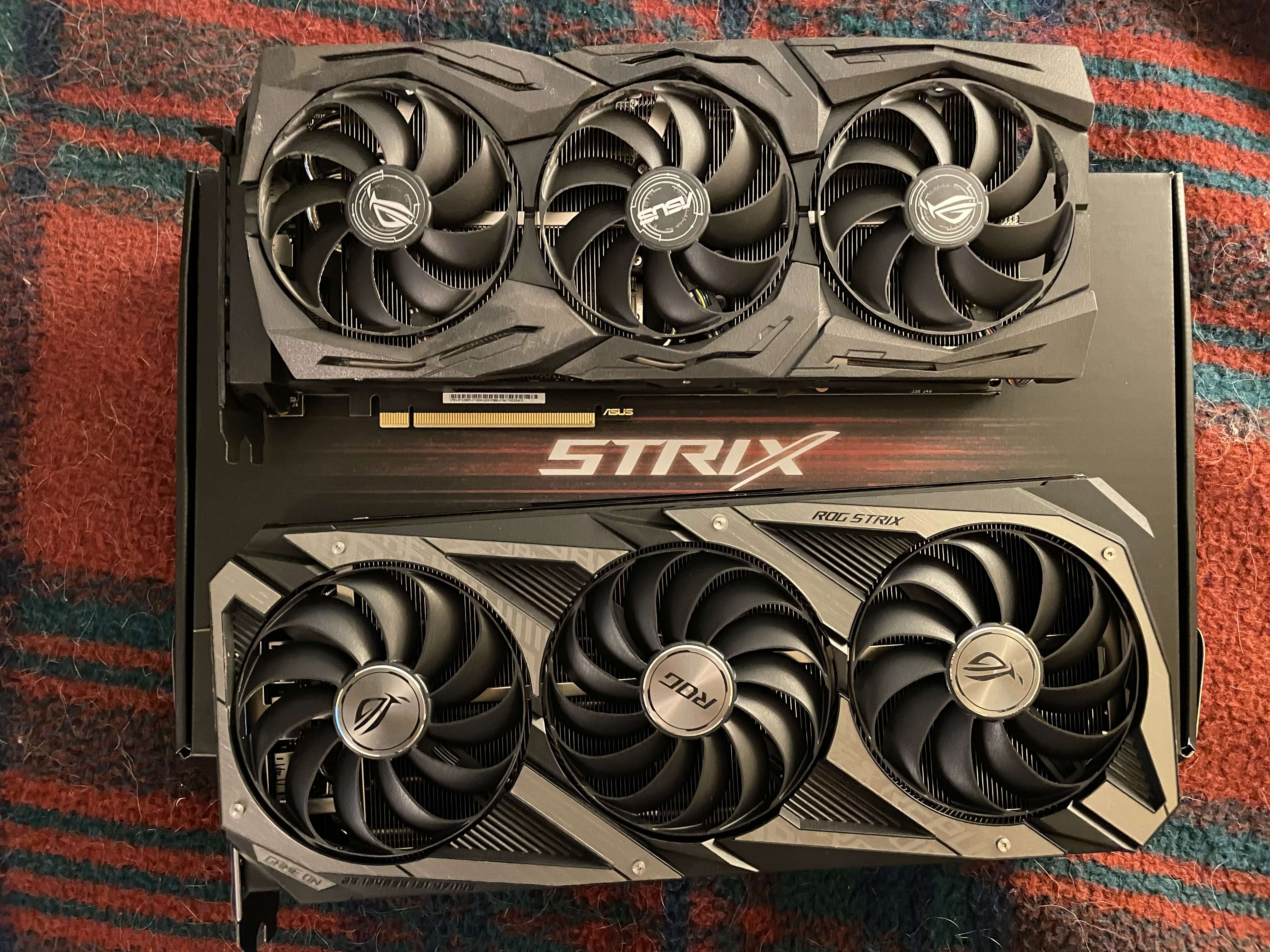the_sextein
Well-known member
Imho,
I think Amd did innovate as well; SAM and Infinity Cache are efficient abilities which improvers performance watt, too.
My constructive nit-pick has been their gaming ecosystem and noticed that they're working hard with FSR 1.0 and with a Global setting ability; FSR 2.0, bringing more performance for DirectX 11; hopefully bring broadcast abilities. Having the majority of gaming consoles' hardware is not enough to convince PC gamers to buy -- PC gamers/owners desire PC experiences.
Nvidia is a handful, they just don't stop -- AMD has resources and talent -- and can compete.
I believe AMD has the raw talent and may crawl out of the gutter one of these days but they haven't had the financial push they need to compete with the green giant. They stayed with slower VRAM and kept the memory controller limited. Their cache can't solve the problem with speed if the scene desires more bandwidth than the pipeline has. This is why 4k always falls on it's face even when AMD is winning at all other resolutions on some games. I want them to do better but I'm not going to sugar coat the truth about NV's dominance. They made a good series of cards last time but they still have to improve FSR and ray tracing while managing raster performance without the silicon advantage they had last time. It's an uphill battle for them.




